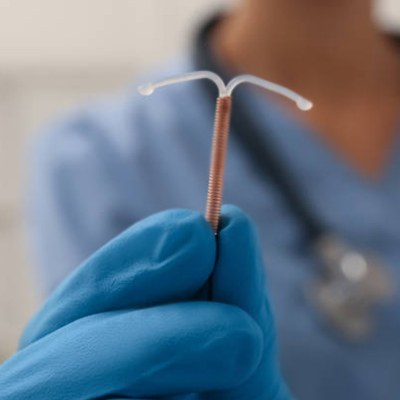Two different forms of long-acting reversible Contraception with IUD & Implanon
About IUD & Implanon - how it’s done and when to have it
Both IUD and Implanon are highly effective methods of contraception, with a failure rate of less than 1%. They are also very convenient, as they can last for several years before needing to be replaced.
As for when to have it, the timing will depend on your individual circumstances and preferences. You should discuss with your healthcare provider to determine the best time to get a IUD or Implanon inserted.
As for when to have it, the timing will depend on your individual circumstances and preferences. You should discuss with your healthcare provider to determine the best time to get a UID or Implanon inserted.

Why choose IUD & Implanon?
Both IUD and Implanon are reversible methods of contraception, meaning that they can be removed at any time if you decide that you want to become pregnant. They are also very convenient, as they do not require daily attention like other forms of contraception, such as the pill.


What you should need to know before doing IUD & Implanon?
In general, most women are eligible for both IUD and Implanon. However, there are certain medical conditions and factors that may make these methods unsuitable for some women.
- Women who are pregnant or suspect they may be pregnant should not have a IUD or Implanon inserted.
- Women with a current or recent history of breast cancer, liver disease, or blood clots may not be good candidates for hormonal forms of contraception, including the hormonal IUD and Implanon.
- Women with certain uterine abnormalities or infections may not be able to use the copper IUD.

